KINK Bar & Restaurant
KINK’s design team worked to utilize the height of the building to highlight fun details for a fun, open, and eclectic space at their restaurant in Berlin.
Located in the heart of Prenzlauer Berg’s multidisciplinary cultural venue Pfefferberg, KINK brings together a bar, restaurant and in-house laboratory, in conversation with Kerim Seiler’s large-scale site-specific neon light installation.
A restaurant, bar and in-house culinary laboratory, KINK Bar & Restaurant opens 2020 in a restored industrial building, nested in the sociocultural center Pfefferberg, host to various galleries, artist studios and event venues. Building on its vast adaptive space and eight-meter-high ceiling, KINK brings together contemporary art, modular design, and world gastronomy, to offer a both multifaceted and deeply personal visitor experience.
Sustaining a constant dialogue with contemporary art and design, the wide room is reinvested through a selection of contemporary installations and works presented throughout the restaurant and bar. At its core, suspended from its high ceiling, Swiss contemporary artist Kerim Seiler’s Spaceknot – a large-scale site-specific work consisting of over 100 meters of red neon tubes – elegantly loops through the space. Rethinking the void “as his canvas,” the artist transforms what appears to be a two-dimensional twisted knot into a multi-dimensional space-embracing sculpture. The contrasting glow of its interconnected segments plays with the architectural scale of the room, thereby creating an all-inclusive immersive atmosphere.
In constant conversation with the work, the post-industrial atemporal setting combines classic and vintage elements with contemporary design features and objects. Separated into three spaces – a vast main room, a gallery and a window enveloped “Glashaus” – the different levels allow for distinct functions and ambiances. The vast room fans out from its focal point, the central open kitchen and bar designed by Berlin studio Hidden Fortress combined with sitting areas as a single overlapping, merged space for staff and visitors alike.
Deploying the height of the room, the side mezzanine looks out onto the lower floor, revealing German artist Philipp Emanuel Eyrich’s wall-embracing metalwork, in dialogue with Berberlin handcrafted rugs, inspired by North African Berber culture, and a set of Roche Bobois signature modular Mah Jong sofas. Upon entering from the surrounding beer garden – Berlin’s second oldest dating from 1850 – and through the 19th-century French wing doors, the resulting space breaks from the rules of formal spatial disposition, taking down barriers and encouraging visitors’ experimentation with – and experience within – the space.
Located in a former mid-19th century brewery, Pfefferberg was founded in 1990 as an initiative from local residents, bringing together social, cultural and commercial activities – the latest addition being KINK, hosting a year-long programme of concerts, dance and theatre performances and a variety of multidisciplinary events. Reinvesting the decaying site, Pfefferberg’s, and KINK’s, vision is deeply related to the immediate vicinity of Prenzlauer Berg, an area of the city long divided by the Berlin wall, where lingering sentiments of segregation and displacement are reflected in the urban structure and architectural landscape.
KINK Bar & Restaurant’s spacious bar area, lofty gallery and private dining room also welcome a cultural programme ranging from electronic, house and disco DJs to classical music performances, and regular Lab Days hosted by the bar manager and chef inviting guests to discover and share culinary ideas. The space can also be booked for private events.
Design: KINK
Neon Installation: “Spaceknot” by Kerim Seiler
Photography: Robert Rieger, Lee Edward


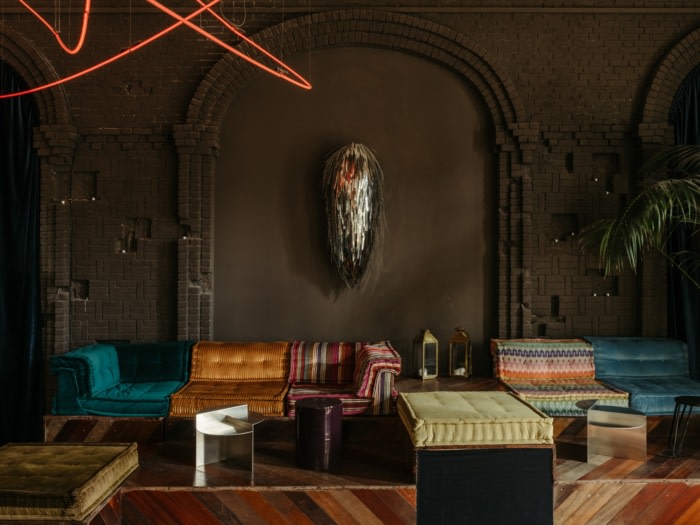
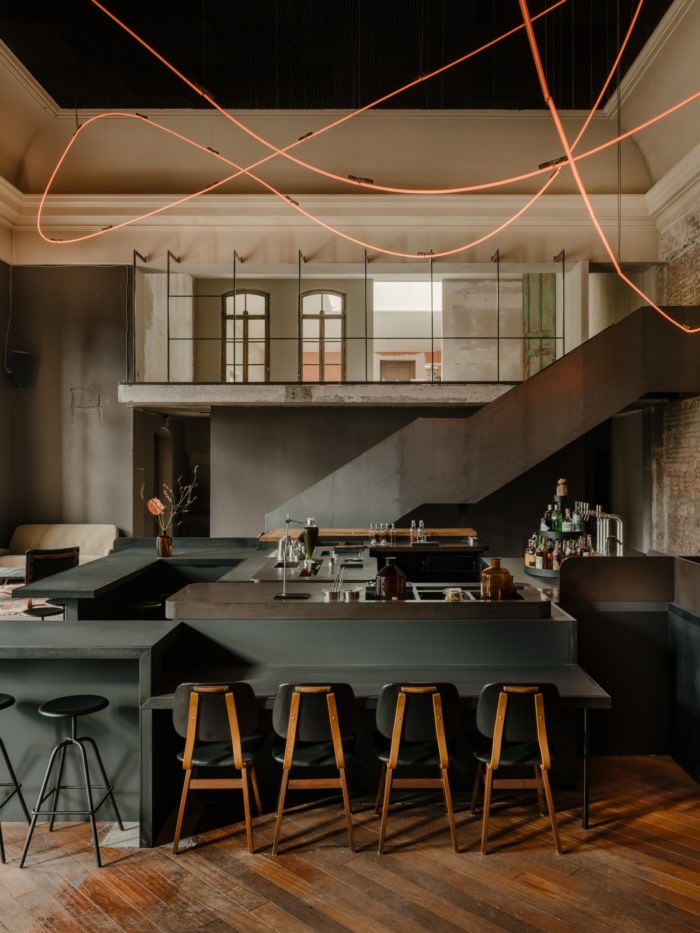
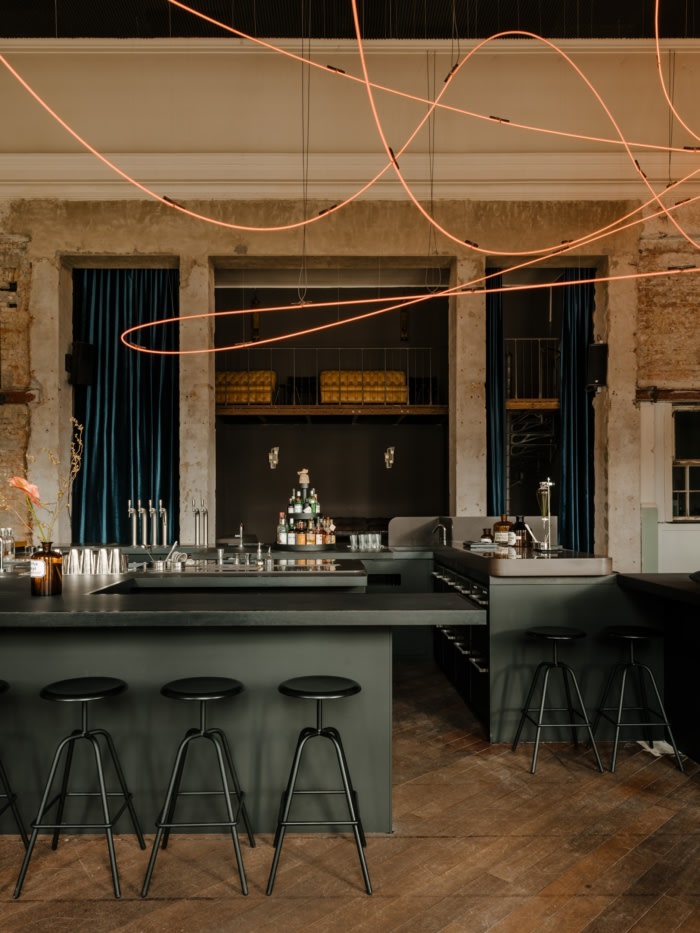

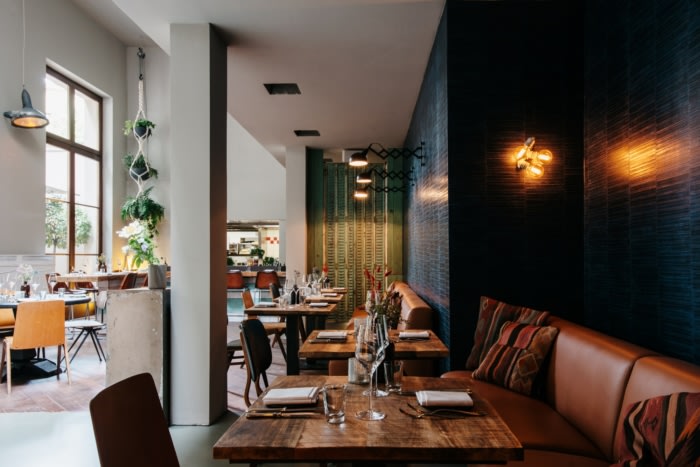
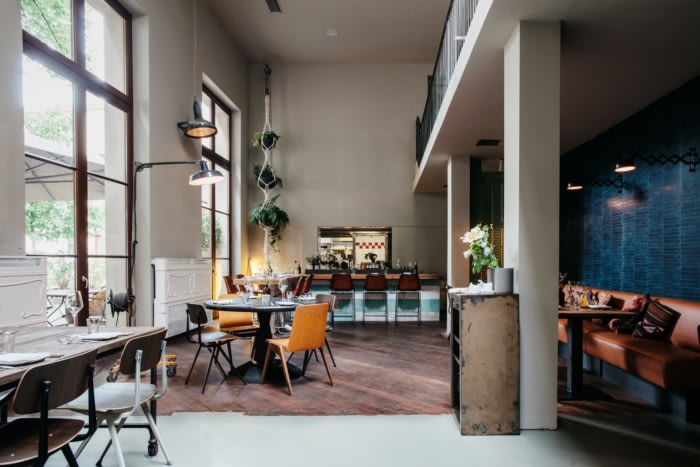
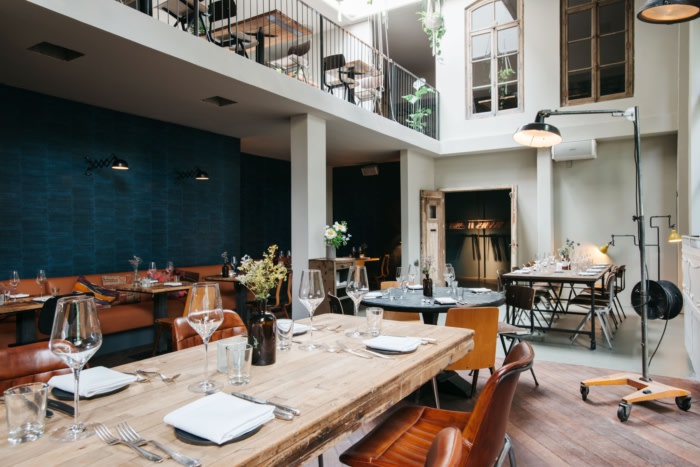
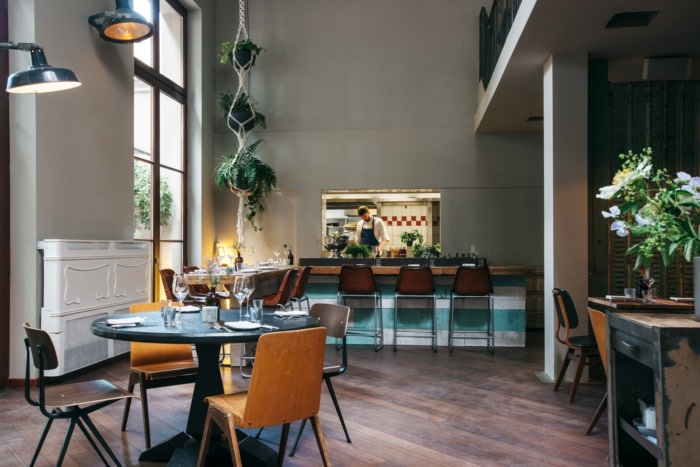

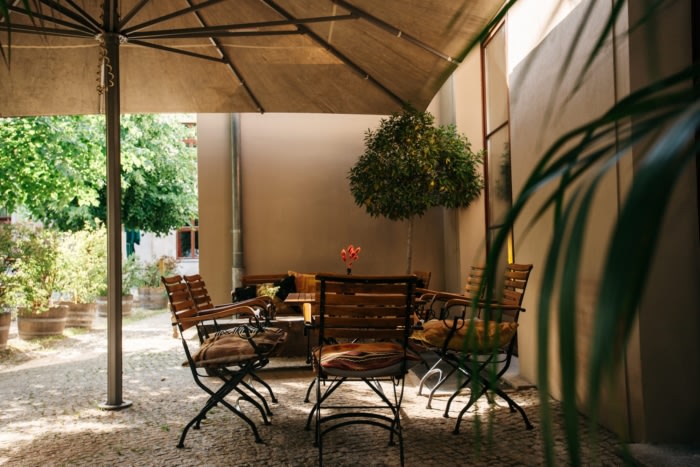



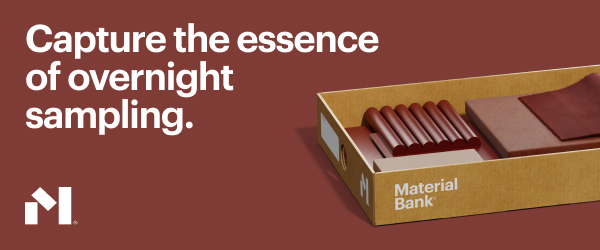


Now editing content for LinkedIn.